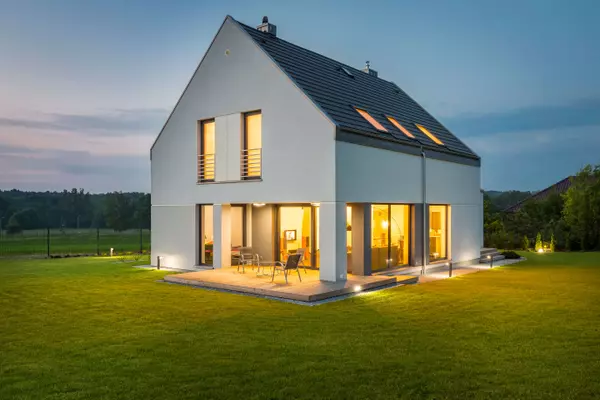
The Future of Urban Living
The Future of Urban LivingAs cities continue to grow and evolve, so does the concept of urban living. Real estate development in urban areas has seen many trends and innovations over the years, and it is important to understand the direction in which urban living is heading. In this blog, we will ex

Avoiding Common Mistakes in Real Estate Transactio
Avoiding Common Mistakes in Real Estate TransactionsWhen it comes to real estate transactions, there are several common mistakes that buyers and sellers often make. These mistakes can lead to costly consequences and missed opportunities. In this blog post, we will discuss some of these pitfalls and

Retiring in Style
Retiring in Style: Best Retirement Communities and Tips for DownsizingRetirement should be a time of relaxation, fulfillment, and the opportunity to live life on your own terms. For many seniors, this means finding the perfect retirement community that offers an array of amenities and services tailo
Categories
Recent Posts










